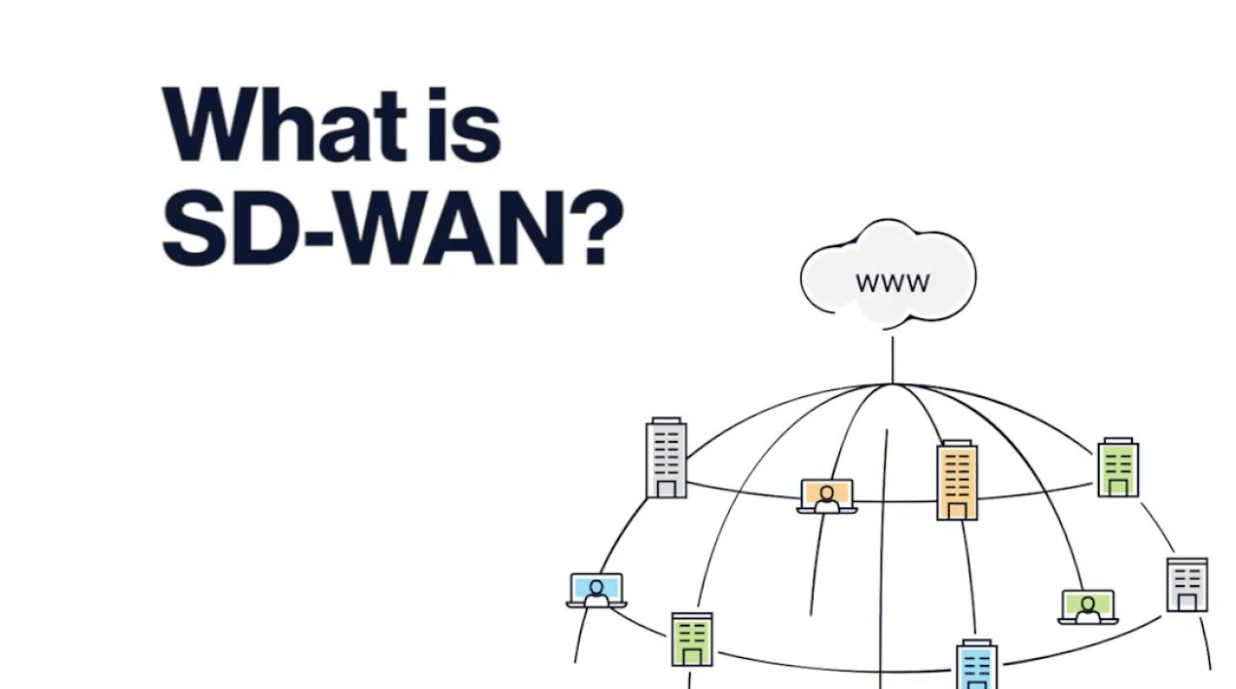A software-defined vast area network (SD-WAN) is a wide area network. It is also known as “Network Function Virtualization.” This technology enables organizations to manage their WAN much more efficiently. Its advantages are many. Software-defined
A software-defined vast area network (SD-WAN) is a wide area network. It is also known as “Network Function Virtualization.” This technology enables organizations to manage their WAN much more efficiently. Its advantages are many.
Software-defined wide area network
Software-defined wide area networks (SD-WAN) are an excellent choice for businesses looking to optimize connectivity. They allow network administrators to control connectivity and manage services between branches, data centers, and cloud instances. Software-defined WANs are the next evolution of traditional WAN technologies. At this point, it is essential to learn more about sd-wan and its impact on cybersecurity,
Moreover, it reduces application performance. When all application traffic is routed through a tunnel, its visibility is limited, making it challenging to track network performance. In addition, the performance of an application is impacted because telemetry, such as latency and jitter, is only available at the tunnel level.
Unlike traditional WAN architecture, SD-WANs are more flexible and use multiple hardware platforms. The control software works with any networking hardware. In addition, organizations can set up SD-WAN with off-the-shelf hardware, which is more affordable than specialized hardware. SD-WANs are also flexible, allowing organizations to integrate multiple cloud platforms and address various bandwidth needs.
Traditional WANs rely on physical routers to connect users in remote locations to applications hosted in data centers. Each router has a data plane and a control plane. First, network engineers and administrators write rules and policies to control data flows. Then, these rules and procedures are applied to each router. SD-WANs separate these processes and simplify network management. They also give administrators a centralized control panel to write and deploy new policies and rules.
Network function virtualization
Network function virtualization (NFV) is an emerging technology that allows organizations to virtualize network services. It decouples network functions from proprietary hardware appliances and runs them on standard computing and storage resources.
NFV is a critical component of SD-WAN, enabling multiple network functions to be run on a single server. This eliminates the need for expensive, proprietary hardware, which consolidates resources and lowers costs. In addition, network function virtualization is a popular solution for network operators, which can be used to build multiple types of services and applications.
Besides simplifying network management, SD-WAN offers many benefits, including intelligent traffic routing. Companies can use this technology to provide better security, higher reliability, and more network capacity. As technology evolves, network architecture must change as well. With the advent of cloud computing and other innovative applications, it is vital to update the network architecture to keep pace with the demands of users.
Using network function virtualization for SD-WAN benefits businesses, allowing them to deploy new applications and services without compromising security. It also enables operators to measure QoS and perform traffic analysis without spending additional money on hardware. In addition, with this new technology, network teams can respond more quickly to changes in network infrastructure.
Benefits
Regarding IT infrastructure, SD-WAN is the way to go. It eliminates backhauling traffic, allowing branch offices to connect directly to the cloud. This technology prioritizes business-critical applications and maintains high performance for all your employees, ensuring they can always access them wherever they are. This network also helps you keep your costs down and your system stable and secure.
SD-WAN is an excellent choice for businesses because it can streamline the management and operations of the network. In addition, it can improve employee productivity by reducing network costs and enabling companies to access multi-cloud services with flexibility and convenience. It’s a must-have for modern businesses that rely heavily on computer technology.
SD-WAN is a flexible and scalable solution for companies with various locations. It enables companies to make the most of their broadband and mobile connections and fixed computing capacity. It can also help companies take advantage of SaaS applications and improve network management efficiency. In addition, it reduces network management costs and manual tasks, which means more time and expertise can be used better.
Besides saving money, SD-WAN can reduce the number of expensive public and private MPLS connections. It can also eliminate the need for expensive routing hardware. It is also easier to manage than a traditional WAN. Its central management capabilities allow you to configure application network settings and push them throughout the network. As a result, you no longer have to worry about managing routers in remote locations.
